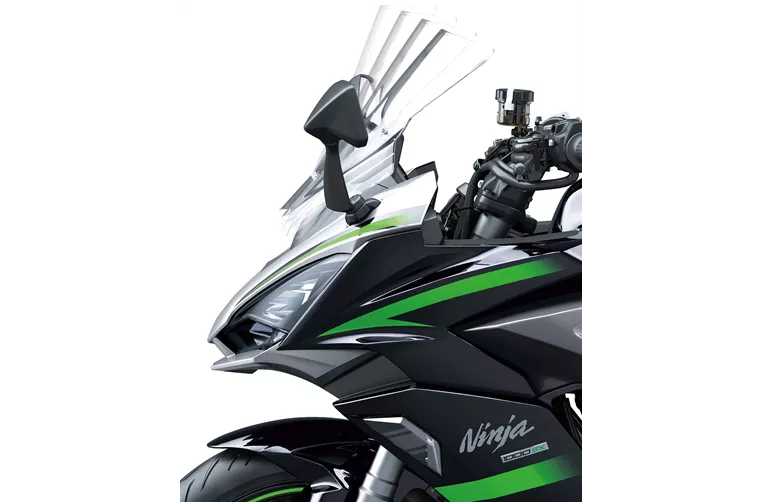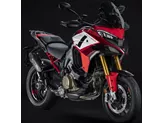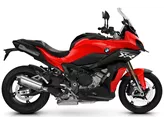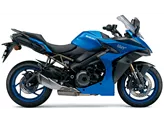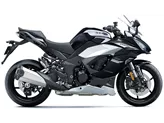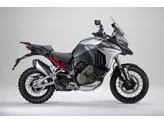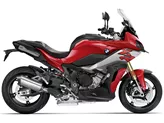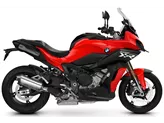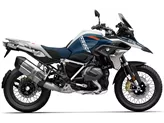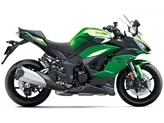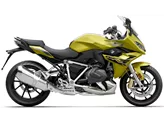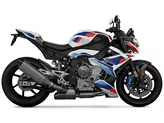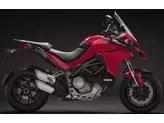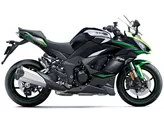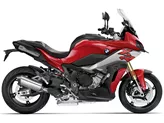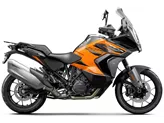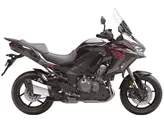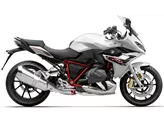Kawasaki Ninja 1000SX 2020 vs. BMW S 1000 XR 2017
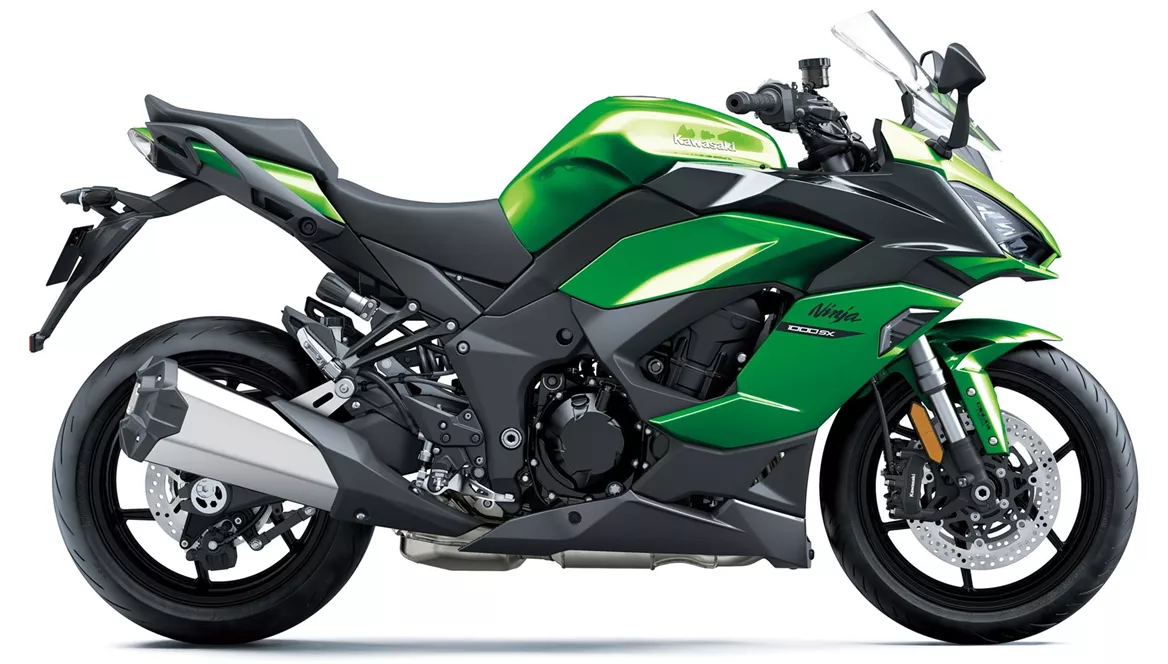
Kawasaki Ninja 1000SX 2020

BMW S 1000 XR 2017
Vue d’ensemble - Kawasaki Ninja 1000SX 2020 vs BMW S 1000 XR 2017
The Kawasaki Ninja 1000SX 2020 and the BMW S 1000 XR 2017 are both sport touring motorcycles with similar engine types, transmission, and cylinder configurations. However, there are notable differences between the two models.
In terms of engine power, the BMW S 1000 XR 2017 has a higher output with 165 HP compared to the Kawasaki Ninja 1000SX 2020's 142 HP. The BMW also has a slightly higher torque of 114 Nm compared to the Ninja's 111 Nm. This means that the BMW may offer a more exhilarating and powerful riding experience.
Both motorcycles feature a chain drive train and a 4-stroke engine. The Kawasaki Ninja 1000SX 2020 has a larger displacement of 1043 ccm, while the BMW S 1000 XR 2017 has a slightly smaller displacement of 999 ccm. This may result in a slight difference in performance and acceleration between the two models.
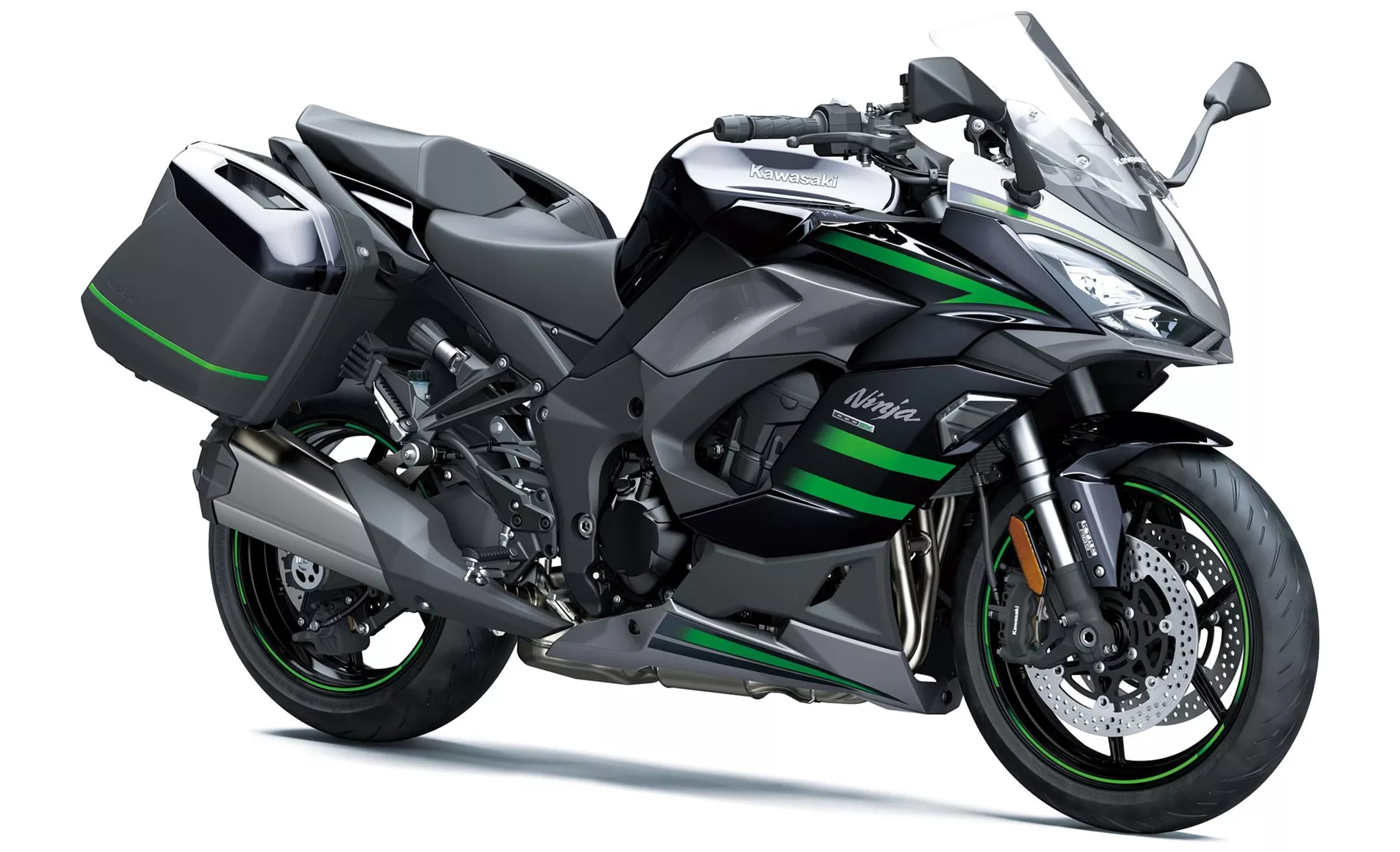
Kawasaki Ninja 1000SX 2020
In terms of suspension, the Kawasaki Ninja 1000SX 2020 features an upside-down telescopic fork front suspension with adjustable compression, preload, and rebound settings. The rear suspension is a swing arm with the same adjustable settings. On the other hand, the BMW S 1000 XR 2017 has a telescopic fork front suspension with adjustable compression and rebound settings, and a swing arm rear suspension with the same adjustable settings. Both models offer a comfortable and stable ride, with the BMW potentially providing a more precise and stable handling experience.
In terms of brakes, both motorcycles feature double disk front brakes with radial technology. The Kawasaki Ninja 1000SX 2020 also has monoblock and petal technology, which may provide improved braking performance. The BMW S 1000 XR 2017 has strong brakes, offering reliable stopping power.
Both motorcycles come equipped with advanced rider assistance systems such as ABS and traction control. The Kawasaki Ninja 1000SX 2020 also includes additional features like riding modes, cornering ABS, ride by wire, quickshifter, and cruise control as standard. The BMW S 1000 XR 2017, while lacking some of these features, offers decent standard equipment and the option for extensive accessories and HP Parts.
In terms of dimensions and weights, the BMW S 1000 XR 2017 has a longer wheelbase of 1548 mm compared to the Kawasaki Ninja 1000SX 2020's 1440 mm. The seat height of the BMW is slightly higher at 840 mm compared to the Ninja's 834.98 mm. The BMW also has a slightly lower curb weight of 228 kg compared to the Ninja's 235 kg. Both motorcycles have similar front and rear tire dimensions and fuel tank capacities.

BMW S 1000 XR 2017
In terms of strengths, the Kawasaki Ninja 1000SX 2020 offers a refined and powerful engine, balanced handling, comfortable chassis, modern looks, good brakes, LED lights all around, a color TFT display, and standard cruise control. The BMW S 1000 XR 2017, on the other hand, boasts a power increase, strong brakes and engine, decent standard equipment, extensive accessories, numerous HP Parts available, and precise and stable handling.
However, the Kawasaki Ninja 1000SX 2020 has a weakness in its windshield adjustment, which can only be done with both hands and without tools. The BMW S 1000 XR 2017 has a somewhat wide leg area due to its 4-cylinder configuration and very wide handlebars, which may not be suitable for all riders. Additionally, smaller riders may require a low seat on the BMW for a comfortable riding position.
In conclusion, both the Kawasaki Ninja 1000SX 2020 and the BMW S 1000 XR 2017 offer their own strengths and weaknesses. The choice between the two models ultimately depends on the rider's preferences and priorities, whether it be power, comfort, handling, or additional features.
Caractéristiques techniques Kawasaki Ninja 1000SX 2020 par rapport à BMW S 1000 XR 2017
Avantages et inconvénients en comparaison
Avantages et inconvénients en comparaison
Kawasaki Ninja 1000SX 2020
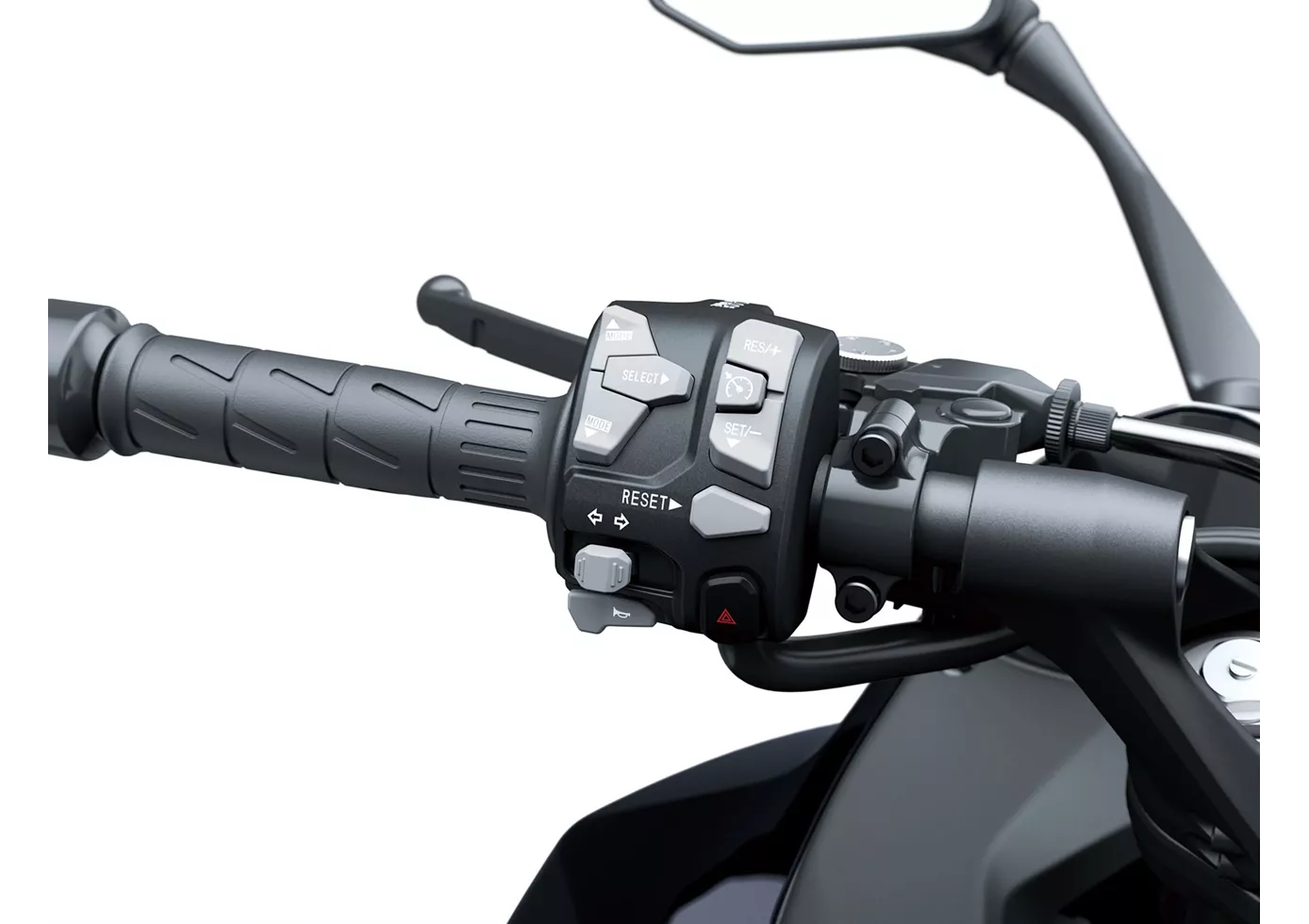
La Kawasaki Ninja 1000SX est plus une évolution qu'une révolution - mais que faut-il réinventer, même pour une moto de tourisme sportive équilibrée ? Mais le nouveau nom est tout à fait justifié, avec les nombreuses nouvelles caractéristiques rendues possibles entre autres par le système Ride-by-Wire, la moto de tourisme sportif est absolument à la hauteur. L'ABS en virage, le contrôle de traction moderne et les modes de conduite garantissent la sécurité et les possibilités de réglage en fonction des préférences personnelles, l'assistant de changement de vitesse favorise aussi bien le sport que le tourisme. De plus, le prix est canon (du moins en Autriche) !
BMW S 1000 XR 2017

Avec son moteur Supersport qui développe désormais 165 ch, associé à la géométrie et au confort d'une Bigenduro, la S 1000 XR fait partie des motos les plus rapides sur la voie publique. La vaste gamme d'accessoires la rend encore plus rapide ou plus confortable, selon les besoins. Avec une hauteur de selle de 840 mm et un entrejambe long, elle est toutefois peu adaptée aux pilotes de petite taille. La selle de 790 mm de haut y remédie toutefois. Les freins sont aussi puissants que le moteur, la XR convainc par sa précision et surtout sa stabilité. Malgré une performance folle, on se sent bien et en sécurité, comme on l'attend d'une BMW.
Comparaison des prix Prix moyen du marché Kawasaki Ninja 1000SX vs BMW S 1000 XR
There are a few key differences between a Kawasaki Ninja 1000SX 2020 and a BMW S 1000 XR 2017. In terms of price, the actual average price of a BMW S 1000 XR 2017 is about 18% higher. Compared to BMW S 1000 XR 2017 there are less Kawasaki Ninja 1000SX 2020 bikes available on the 1000PS.de Marketplace, specifically 10 compared to 20. It takes less time to sell a Kawasaki Ninja 1000SX with 83 days compared to 112 days for a BMW S 1000 XR. Since model year 2020 1000PS.de editors have written 13 reviews for the Kawasaki Ninja 1000SX and 40 reviews for the BMW S 1000 XR since model year 2015. The first review for the Kawasaki Ninja 1000SX was published on 11/5/2019 and now has more than 40,500 views. This compares to more than 16,000 views for the first review on BMW S 1000 XR published on 10/21/2014.
